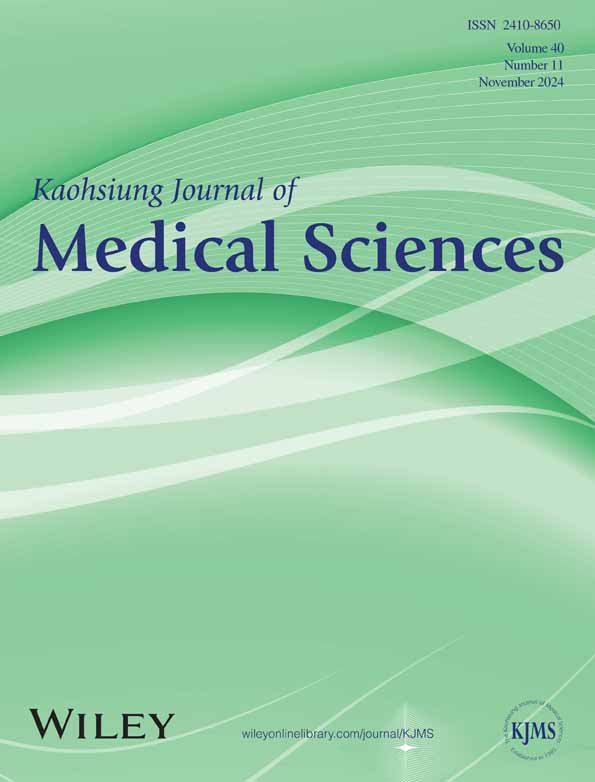同一家族中MYH7基因突变相同但心肌病表型不同。
IF 2.7
4区 医学
Q3 MEDICINE, RESEARCH & EXPERIMENTAL
Kaohsiung Journal of Medical Sciences
Pub Date : 2023-10-01
Epub Date: 2023-08-24
DOI:10.1002/kjm2.12741
引用次数: 0
摘要
本文章由计算机程序翻译,如有差异,请以英文原文为准。
Same MYH7 gene mutation but different phenotypes of cardiomyopathy in one family.
求助全文
通过发布文献求助,成功后即可免费获取论文全文。
去求助
来源期刊

Kaohsiung Journal of Medical Sciences
医学-医学:研究与实验
CiteScore
5.60
自引率
3.00%
发文量
139
审稿时长
4-8 weeks
期刊介绍:
Kaohsiung Journal of Medical Sciences (KJMS), is the official peer-reviewed open access publication of Kaohsiung Medical University, Taiwan. The journal was launched in 1985 to promote clinical and scientific research in the medical sciences in Taiwan, and to disseminate this research to the international community. It is published monthly by Wiley. KJMS aims to publish original research and review papers in all fields of medicine and related disciplines that are of topical interest to the medical profession. Authors are welcome to submit Perspectives, reviews, original articles, short communications, Correspondence and letters to the editor for consideration.
 求助内容:
求助内容: 应助结果提醒方式:
应助结果提醒方式:


